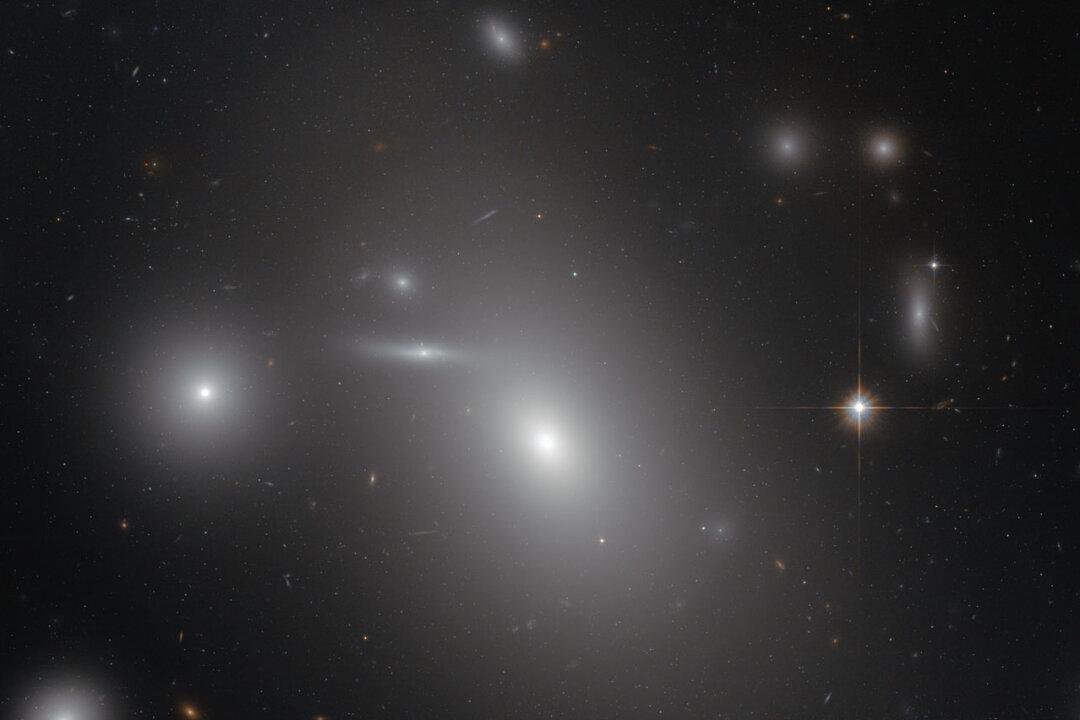A gigantic black hole was discovered by the Hubble Space Telescope.
Situated in the NGC 4889 galaxy, which is situated about 300 million light-years away from Earth, the black hole has an event horizon—the surface at which even light cannot escape its gravitational grasp—with a diameter of approximately 130 billion kilometres, according to the European Space Agency.
“This is about 15 times the diameter of Neptune’s orbit from the Sun. By comparison, the supermassive black hole at the centre of our galaxy, the Milky Way, is believed to have a mass about four million times that of the Sun and an event horizon just one fifth the orbit of Mercury,” it noted in a statement.
The black hole in the past devoured dust and stars.

This image shows a ground-based wide-field view of the region around NGC 4889 from the Digitized Sky Survey 2. NASA/ESA





